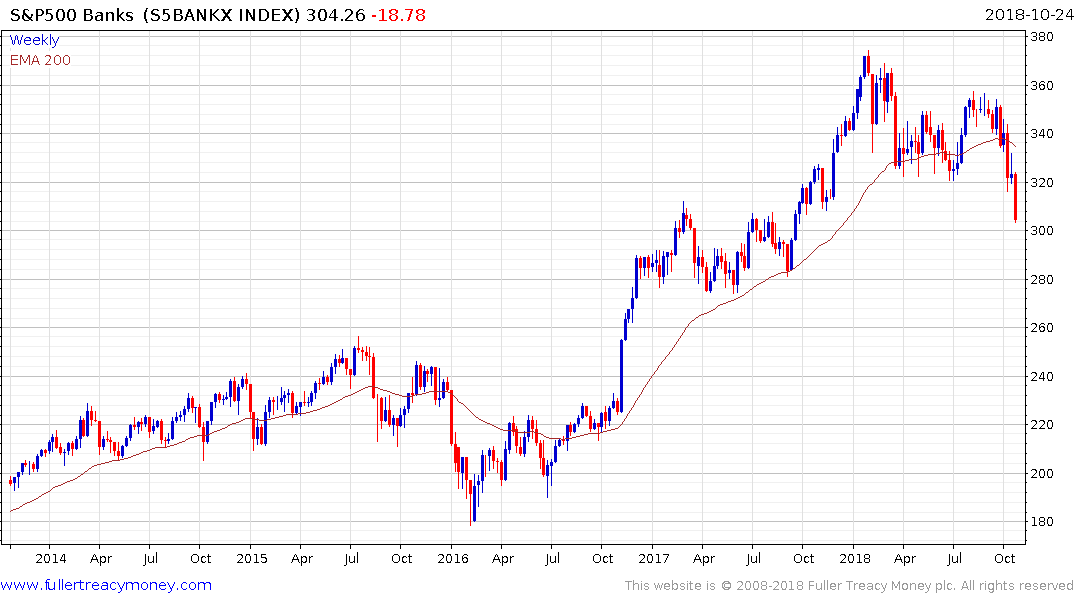What's Wrong With the 2 Percent Inflation Target
This article by Paul Volcker may be of interest to subscribers. Here is a section:
Only once in the past century, in the 1930s, have we had deflation, serious deflation. In 2008–2009 there was cause for concern. The common characteristic of those two incidents was collapse of the financial system.
We can’t expect to prevent all financial excesses and recessions in the future. That is the pattern of history with free markets, financial innovation, and our innate “animal
spirits.”
The lesson, to me, is crystal clear. Deflation is a threat posed by a critical breakdown of the financial system. Slow growth and recurrent recessions without systemic financial disturbances, even the big recessions of 1975 and 1982, have not posed such a risk.
The real danger comes from encouraging or inadvertently tolerating rising inflation and its close cousin of extreme speculation and risk taking, in effect standing by while bubbles and excesses threaten financial markets. Ironically, the “easy money,” striving for a “little inflation” as a means of forestalling deflation, could, in the end, be what brings it about.
That is the basic lesson for monetary policy. It demands emphasis on price stability and prudent oversight of the financial system. Both of those requirements inexorably lead to the responsibilities of a central bank.
It has been a very long time since Paul Volcker was the head of the Fed and there has been a distinct change of culture since then. The Fed is now a serial bubble blower and the decision to adopt quantitative easing has created massive excesses in the global economy, which the market is now exploring.

Some of the gravest excesses reside in the interest sensitive sectors of banking, property and mid-caps. It is in these sectors that we have seen some of the clearest evidence of a loss of consistency and they are leading on the downside. Therefore, it is from these sectors that we should look for evidence of demand returning to dominance in order to sound an all clear on this correction.


